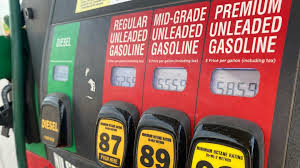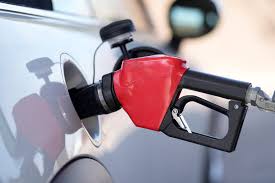
INDIANA – According to the Indiana Department of Revenue, the gas tax will increase from 34 to 35 cents per gallon today.

In addition to the excise tax and a 1-cent oil inspection fee, the state charges a gasoline use tax, which is adjusted monthly.
In July, the use tax rate will be 20.1 cents per gallon.
Indiana drivers’ state taxes will total 56.1 cents per gallon.
The list below shows the total state taxes for those spots, effective July 1:
- Indiana: 56.1 cents per gallon.
- California: 69.8 cents per gallon — the highest of all states.
- Colorado: 27.9 cents per gallon.
- Illinois: 67.1 cents per gallon.
- Missouri: 27.5 cents per gallon.
- Nebraska: 30.5 cents per gallon.
- Virginia: 40.4 cents per gallon.
The price of gas depends mainly on the price of oil and the cost of refining it. However, federal, state, and local taxes and fees can add significantly to the total.
In addition to the federal tax on gasoline of 18.4 cents per gallon, most states levy multiple taxes and fees on a gallon of gas, including some combination of excise taxes (those imposed on goods, services, and activities), sales taxes, environmental taxes, and inspection fees.

Those costs add up to an average of 32.6 cents per gallon in state taxes, according to a NerdWallet analysis of U.S. Energy Information Administration data. Combined with the federal tax, that’s 51 cents, on average, added to the cost of every gallon of gas.
But state tax rates vary widely. California’s rate (69.8 cents per gallon) and Illinois’ rate (67.1 cents) are the highest, followed by Pennsylvania’s (58.7 cents). Alaska has, by far, the lowest state tax (9 cents per gallon), followed by Mississippi (18.4 cents) and Hawaii (18.5 cents).
In many cases, gas taxes are adjusted annually based on the Consumer Price Index, a proxy for inflation calculated by the U.S. Bureau of Labor Statistics. That means taxes may rise or fall with the annual rate of inflation. Sometimes, states also phase in new or higher fees by increasing them incrementally annually.
States use tax revenue to fund infrastructure improvements and environmental initiatives.



